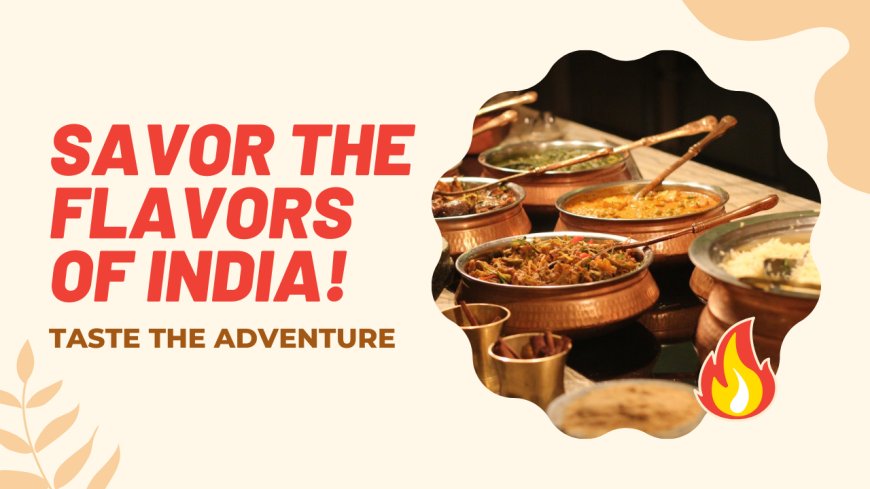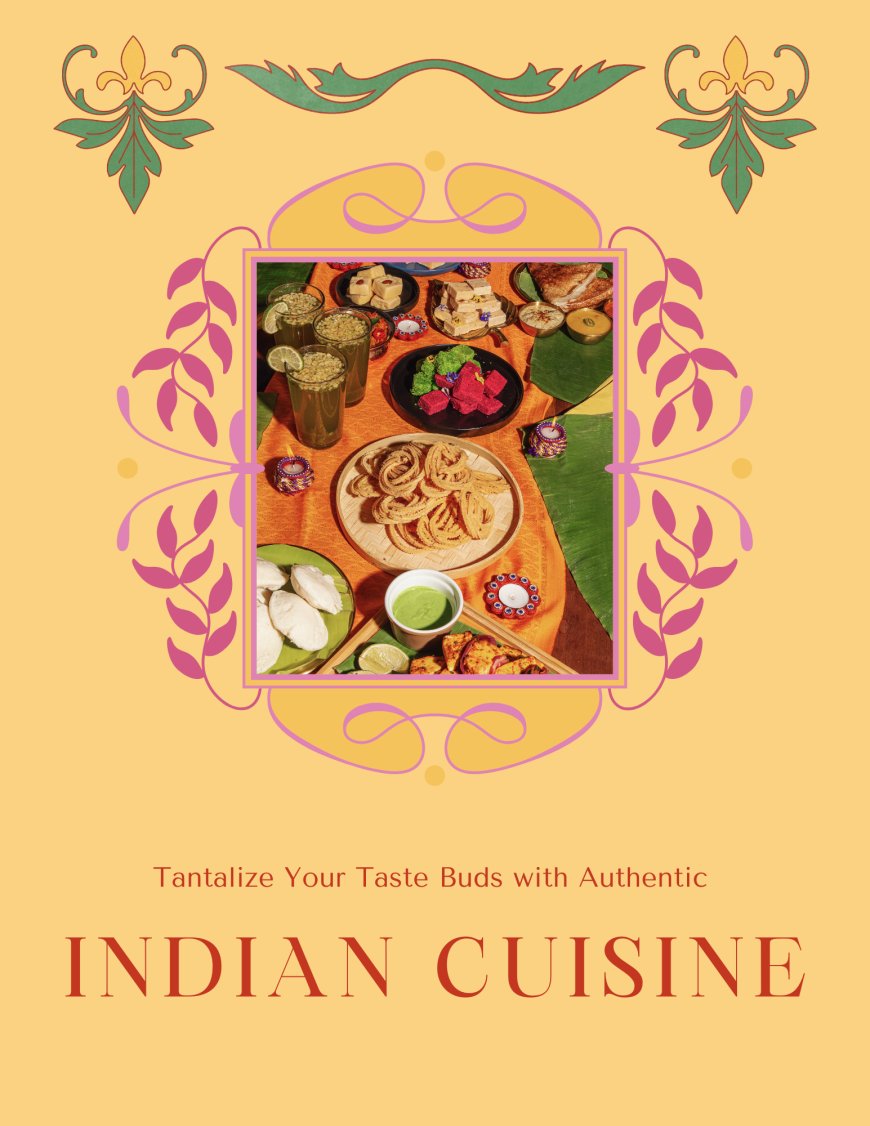A Taste of India: Different States, Different Flavors
India is a land where every region, every home, and even every kitchen tells a different story through food. From the saffron-infused delicacies of Kashmir to the spicy curries of the South, India’s cuisine reflects its diversity, culture, and warmth. This article explores the journey of flavors across India — showing how every dish connects people, traditions, and memories.

🌸 Introduction: Where Every Meal Tells a Story
India isn’t just a country — it’s a continent of flavors. Every few hundred kilometers, the language, landscape, and culture change — and so does the food. From the steaming momos of the Northeast to the flavorful biryanis of Hyderabad, Indian cuisine is a reflection of its people: diverse, colorful, and deeply connected to tradition.
Food in India isn’t just about taste — it’s about emotion, family, and the joy of sharing.
🌾 North India: Richness and Royal Flavors
The northern region of India, known for its cold winters and fertile plains, is home to hearty, flavorful dishes.
🍛 Punjab – The land of butter, cream, and love! Dishes like Sarson da Saag and Makki di Roti, along with the famous Butter Chicken, reflect the richness of Punjabi hospitality.
🥣 Uttar Pradesh – From Lucknowi Kebabs to Banarasi Chaat, the state offers a royal blend of Mughlai and local flavors.
🥘 Kashmir – The food here is poetry on a plate — Rogan Josh, Yakhni, and the traditional Wazwan feast combine rich spices and slow-cooked perfection.
North Indian cuisine often uses ghee, cream, and aromatic spices like cardamom and cloves — creating dishes that are both comforting and indulgent.
🌶️ West India: Spices, Sweetness, and Sea Breeze
The western part of India has coastal influences, desert traditions, and a perfect mix of sweet and spicy.
🌴 Maharashtra – From the street-style Vada Pav and Misal Pav to festive Puran Poli, Maharashtrian food is vibrant and flavorful.
🏝️ Goa – Portuguese influence meets coastal charm. Goan Fish Curry, Vindaloo, and Bebinca (dessert) capture the tropical soul of the state.
🌾 Gujarat – Famous for its thalis, Gujarat offers a sweet touch to every dish — Dhokla, Thepla, Khandvi, and Undhiyu are household favorites.
🏜️ Rajasthan – The desert cuisine is full of creativity — Dal Baati Churma, Gatte ki Sabzi, and Ker Sangri show how locals turn scarcity into delicious art.
🌾 East India: Simplicity with Soul
Eastern India’s food is light, soulful, and filled with local ingredients like rice, mustard oil, and fish.
🐟 West Bengal – The land of sweets and fish! Hilsa Fish Curry, Shorshe Bata Maach, and desserts like Rasgulla and Mishti Doi rule Bengali kitchens.
🌱 Odisha – Known for its temple-style food like Dalma and Khichdi (served in Jagannath Temple), Odisha celebrates purity in simplicity.
🍚 Assam & Northeast – Flavors here are earthy and fresh — Pitha, Fish Tenga, and Smoked Meat reflect tribal traditions and local produce.
Eastern Indian cuisine is less about heavy spices and more about balance, freshness, and natural taste.
🌴 South India: A Symphony of Spices
The southern states of India offer a wide range of dishes that are rich in spices, coconut, and rice-based preparations.
🍛 Tamil Nadu – Known for Dosa, Idli, Sambar, and Chettinad Chicken, this region’s food is both traditional and powerful in flavor.
🌶️ Kerala – “God’s Own Country” offers a mix of spices and coconut — Appam, Fish Curry, and Payasam are beloved everywhere.
🍚 Andhra Pradesh & Telangana – Famous for fiery spice levels and tangy curries like Gongura and Hyderabadi Biryani.
🌿 Karnataka – From Bisi Bele Bath to Mysore Pak, Karnataka’s dishes balance flavor and comfort.
South Indian food is not only delicious but also considered healthy, with rice, lentils, and fermented foods forming its base.
🍮 Central India: The Heart of Flavor
Madhya Pradesh and Chhattisgarh form the heart of India — where you find earthy, home-style cooking.
🌾 Poha-Jalebi for breakfast, Dal Bafla as a comforting meal, and Sabudana Khichdi during festivals are local favorites.
Tribal cuisines here also use forest produce, millets, and roots — keeping ancient food traditions alive.
🍵 Food as a Cultural Bridge
What makes Indian cuisine special is that it’s not just about ingredients — it’s about people.
Every festival, celebration, or even a regular Sunday meal brings families together.
From a grandmother’s handwritten recipe to a street vendor’s secret chutney, food connects generations.
It also reflects history — Mughal, Portuguese, Persian, and British influences have all left their marks, creating a cuisine that’s as diverse as India itself.
🌺 Conclusion: One Country, Infinite Flavors
From Kashmir to Kanyakumari, every plate tells a story — of climate, culture, and care.
Food in India is an emotion, a way of life. It unites people beyond region, religion, or language.
And that’s the true taste of India — not just found in its spices, but in its spirit of togetherness, generosity, and joy. ❤️

What's Your Reaction?
 Like
0
Like
0
 Dislike
0
Dislike
0
 Love
0
Love
0
 Funny
0
Funny
0
 Angry
0
Angry
0
 Sad
0
Sad
0
 Wow
0
Wow
0






















































































































































































